- The Looney Blog
- Posts
- The Principal Looney Tunes Layout and Background Artists from A to Z
The Principal Looney Tunes Layout and Background Artists from A to Z
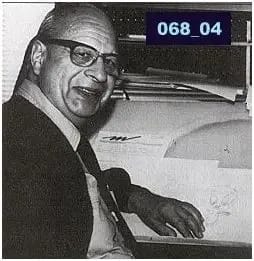
Peter Alvarado (February 22, 1920-December 27, 2003)
Peter Alvarado was Chuck Jones’ background artist from 1947 to 1951 before he switched to being a layout artist. After doing the layouts on a few Jones cartoons such as “Bunny Hugged” and “Chow Hound” (both released in 1951), Alvarado became the layout artist for Robert McKimson from late 1951 to mid-1952.
No photos or birth and death info of him, but William Butler was McKimson’s main background artist from 1957 to 1961. Butler also did the backgrounds for a few Jones cartoons in the early 1960’s such as “A Sheep in the Deep” (1962) and “Hare Breadth Hurry” (1963).
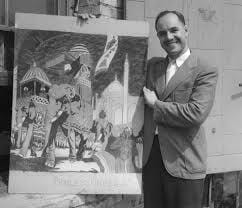
Philip DeGuard (February 10, 1910-November 20, 1982)
DeGuard did the backgrounds for Bob Clampett’s last three Warner cartoons (all from 1946), for all of Arthur Davis’ cartoons in his directorial stint in the late 1940’s, and most famously, for Jones in the 1950’s and 1960’s.
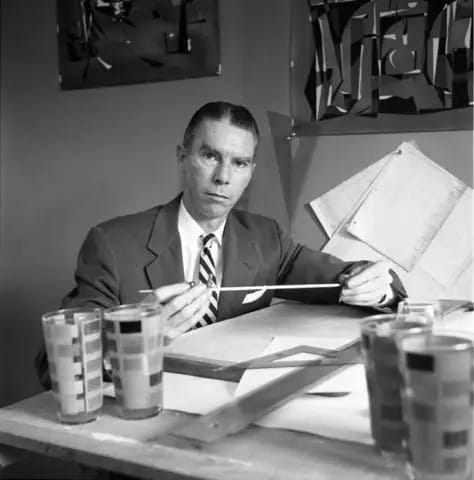
Eugene Fleury (May 29, 1913-June 6, 1984)
Eugene Fleury was Jones’ background artist for most of his cartoons in the early 1940’s. His wife, Bernyce Polifka, also assisted him in a few background paintings.
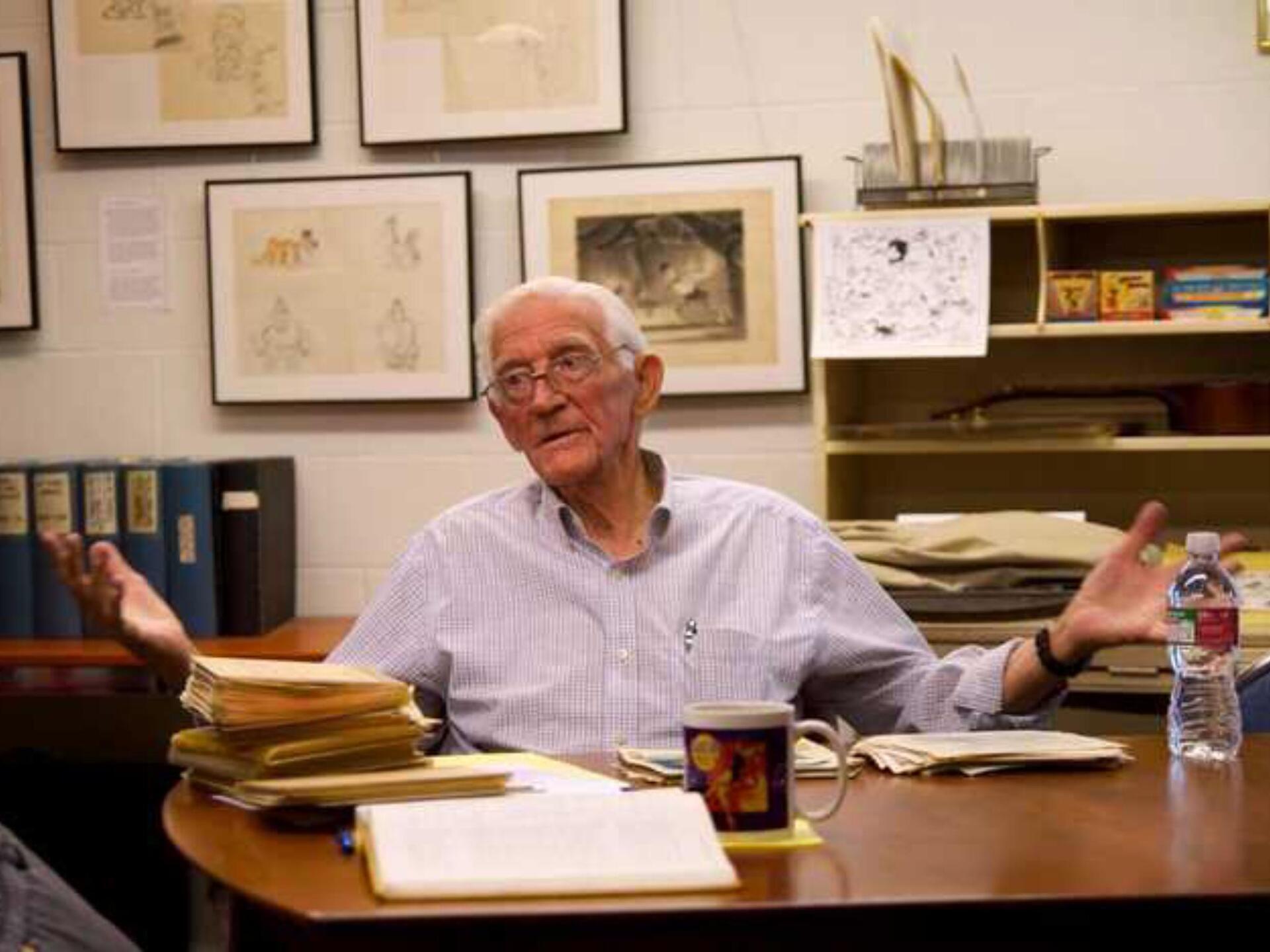
Robert Givens (March 2, 1918-December 14, 2017)
Having almost lived to the age of 100, Givens was most famous for doing the first design of Bugs Bunny (the Internet likes to say that the “proto-Bugs” rabbit and Bugs are the same character, but Givens and the other Warner staff members have confirmed they are indeed different characters; it’s also something I have always believed myself). He was the layout artist for most of Jones’ early cartoons, McKimson’s layout artist from late 1952 to 1955, a good number of cartoons from the early 1960’s, and almost all of the cartoons from the Seven Arts era.
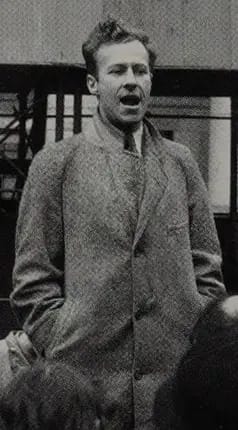
Boris Gorelick (June 24, 1911-July 27, 1984)
Gorelick was briefly Freleng’s background artist during the late 1950’s shortly after the departure of Irv Wyner and before the arrival of Tom O’Loughlin.
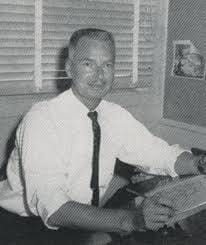
Robert Gribbroek (March 16, 1906- October 13, 1971)
The studio’s other Robert G., Gribbroek was Jones’ layout artist (and sometimes background artist) from late 1944 to 1952, and did layouts for him on a few occasions after that. He was also McKimson’s layout artist in the late 1950’s and early 1960’s.
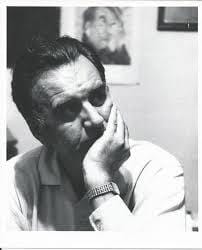
Alex Ignatiev (April 16, 1913-October 12, 1995)
Alex Ignatiev was one of the few notable assistant layout artists and did a few on some of Jones’ early cartoons as well as some in the late 1960’s (though the only cartoon he is actually credited on is 1963’s “Woolen Under Where”).
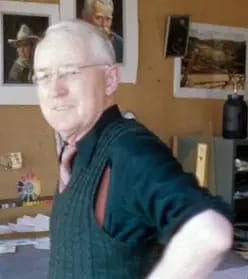
John Didrek Johnsen (July 23, 1885-February 7, 1974)
Sometimes known as “Johnny Johnsen”, he was the background artist for most of Tex Avery’s Warner Bros. cartoons and also went with him to MGM, where he not only continued doing backgrounds for Avery, but also on a few Tom and Jerry cartoons as well.
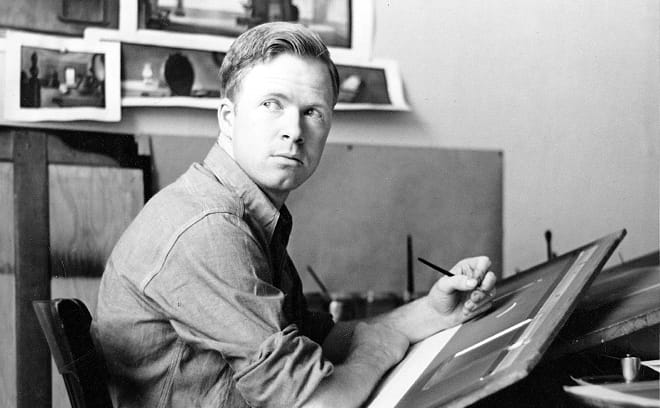
Paul Julian (June 25, 1914-September 5, 1995)
Julian was Friz Freleng’s background artist for most of the 1940’s up until 1951. His backgrounds were very memorable for the fact that he often slipped in the names of his fellow artists as in-jokes. Julian also had another claim to fame in that he provided the Roadrunner’s “Meep Meep” recording (we will talk more about this when we get to the first Roadrunner cartoon, which is 1949’s “Fast and Furry-Ous”).
No photos of him exist online (nor are his birth and death dates known), but Earl Klein was Jones’ layout artist in the mid-1940’s.
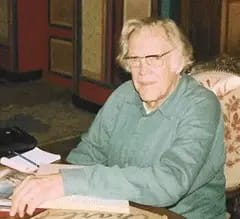
John McGrew (March 19, 1910-January 11, 1999)
Jones’ first layout artist, McGrew was notable in that his layouts really stuck out in being very different in a good way (which foreshadows the layouts of the more legendary Maurice Noble, discussed below).
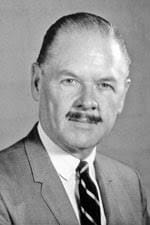
Thomas McKimson (March 5, 1907-February 14, 1998)
Thomas McKimson was more of a layout artist than he was an animator. He did the layouts for almost all of Clampett’s cartoons in the 1940’s after he took over Avery’s unit, as well as on Davis’ first few cartoons.
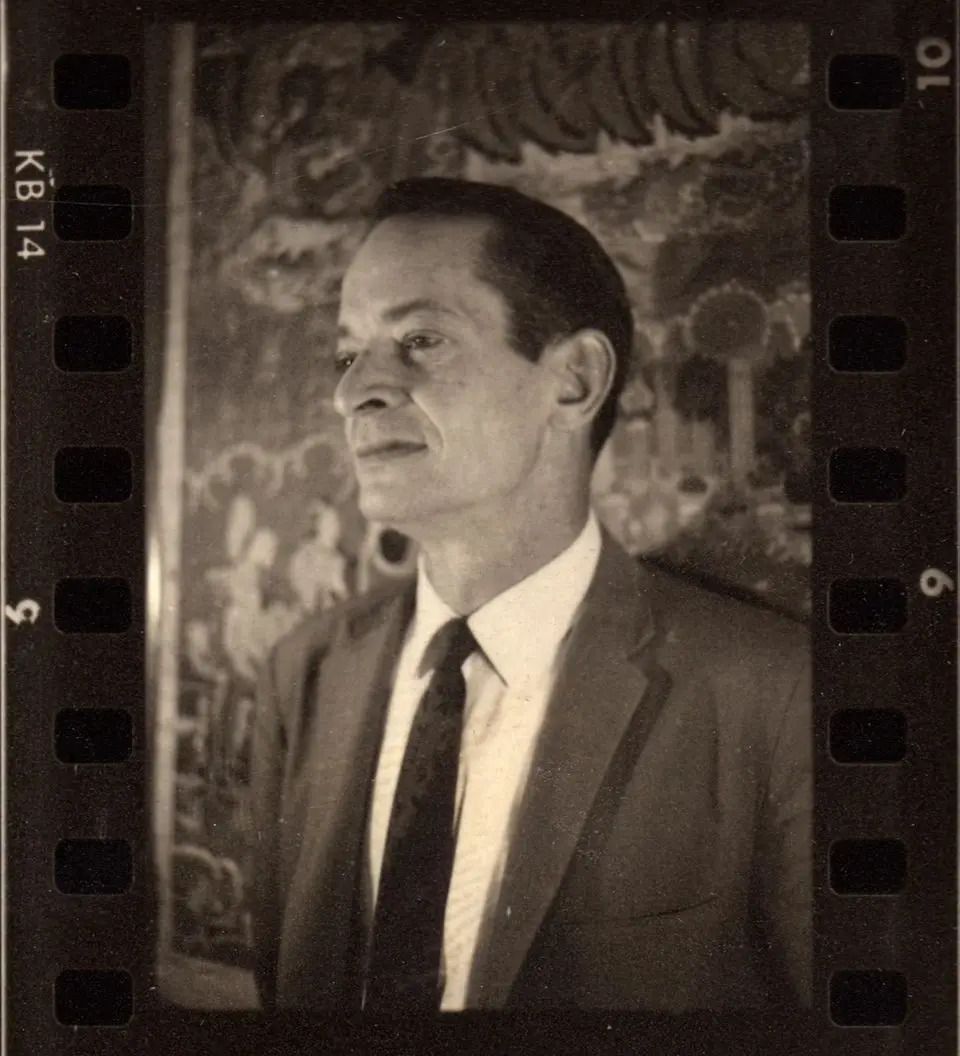
Maurice Noble (May 1, 1911-May 18, 2001)
Easily one of the most memorable layout artists, Noble was famous for being Jones’ layout artist in the 1950’s and 1960’s, providing some very abstract and very attractive layouts. Noble also said in interviews regarding the rightfully iconic “What’s Opera Doc” (1957) that the ink and paint department thought he was bats for wanting Elmer to be magenta red when he is furious to discover “Brunhilde” was Bugs in disguise.
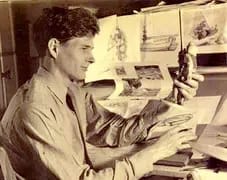
Ernie Nordli (June 15, 1912-April 22, 1968)
Mostly a layout artist at Disney, Nordli was Jones’ layout artist during a brief period in the mid-1950’s where Maurice Noble was away.
Surprisingly, no photos found of him, but Tom O’Loughlin (December 24, 1923-October 26, 2007) was Freleng’s background artist from 1958 up until the closure of the original studio in 1964. He continued with the Looney Tunes after that, however, as he was the main background artist for DePatie-Freleng in the 1960’s.
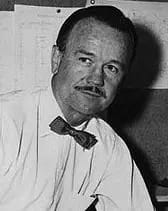
Hawley Pratt (June 9, 1911-March 4, 1999)
Pratt was another one of the most notable layout artists at the studio as he was Freleng’s layout artist from 1945 all the way until the 1964 closure of the original studio. Later, at DePatie-Freleng, Pratt directed several of the most memorable Pink Panther cartoons.
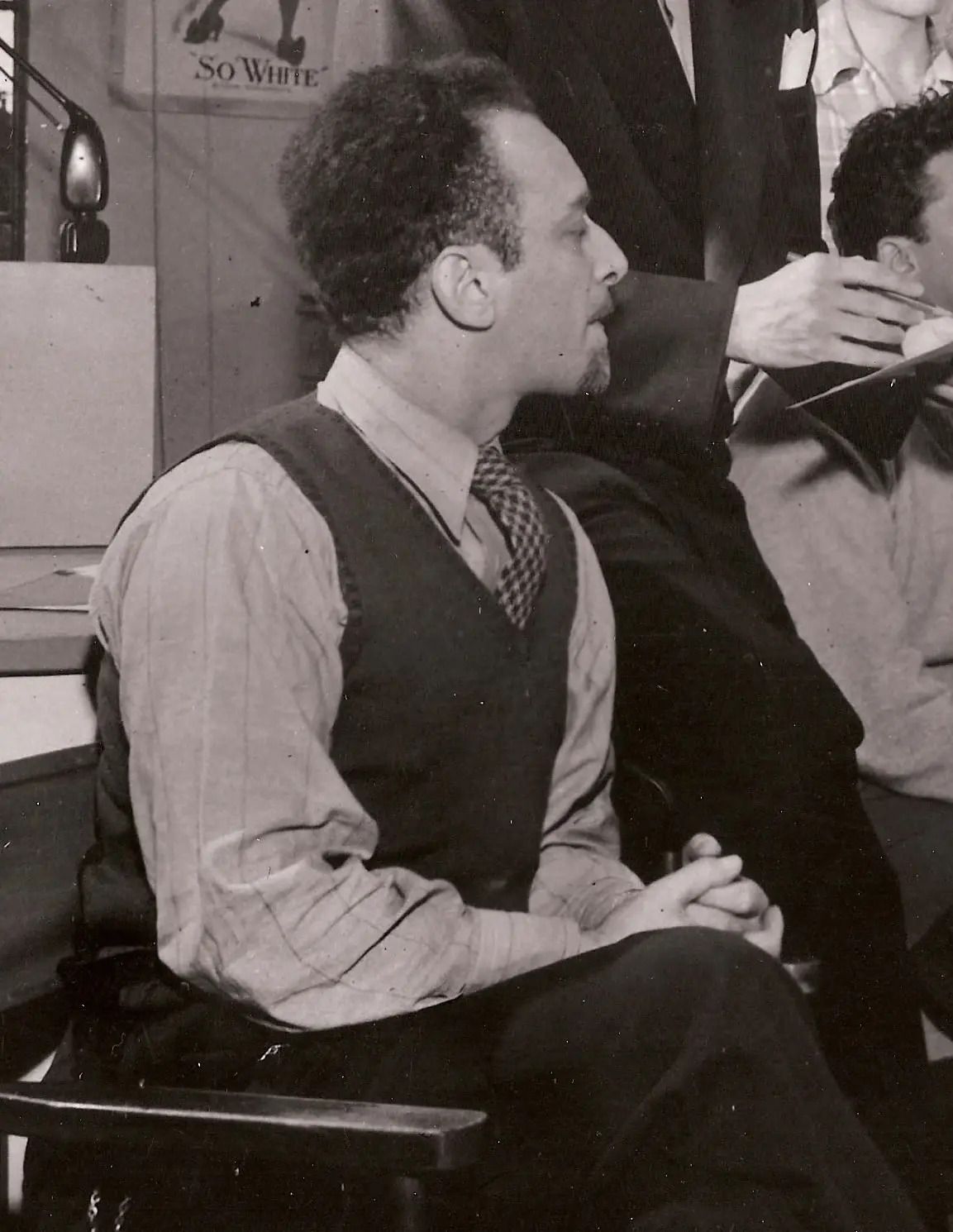
Michael Sasanoff (December 15, 1905-December 20, 1984)
A storyman on occasion, Sasanoff was more of a background artist. He was often credited as either on several Clampett cartoons from the 1940’s.
No photos or birth and death info found of him, but Don Smith was Davis’ layout man for almost all of his cartoons.
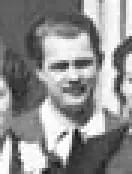
Richard H. Thomas (January 3, 1915-December 31, 1996)
Richard H. Thomas was at the studio from the mid-1940’s up until the late 1950’s and occasionally did backgrounds after that up until the original studio’s closure. He was mostly the background artist for McKimson.
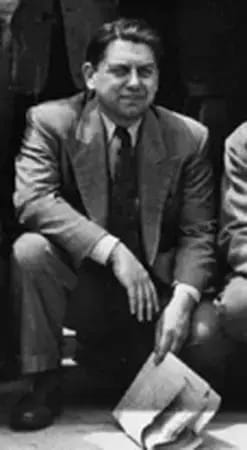
Cornett Wood (September 12, 1905-May 16, 1980)
Wood was McKimson’s first layout artist, first doing layouts in McKimson’s first Bugs Bunny cartoon, “Acrobatty Bunny” (1946) and was last credited on 1951’s “Sleepy Time Possum”.
No photos found of him (not a great way to end this post, but it is what it is), but Irv Wyner (September 4, 1904-November 8, 2002) was Freleng’s background artist from 1952 up until mid-1957. Wyner’s backgrounds were also known for being very abstract.